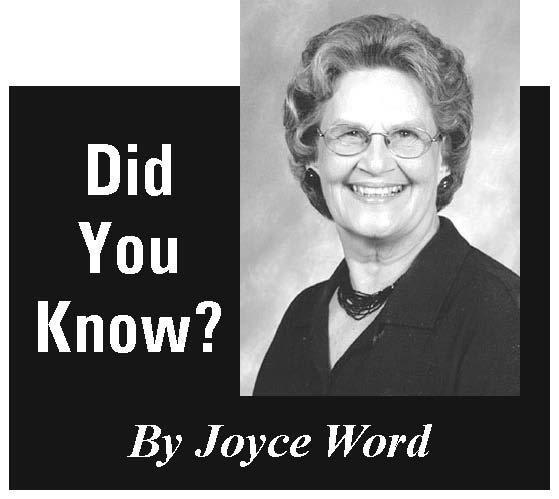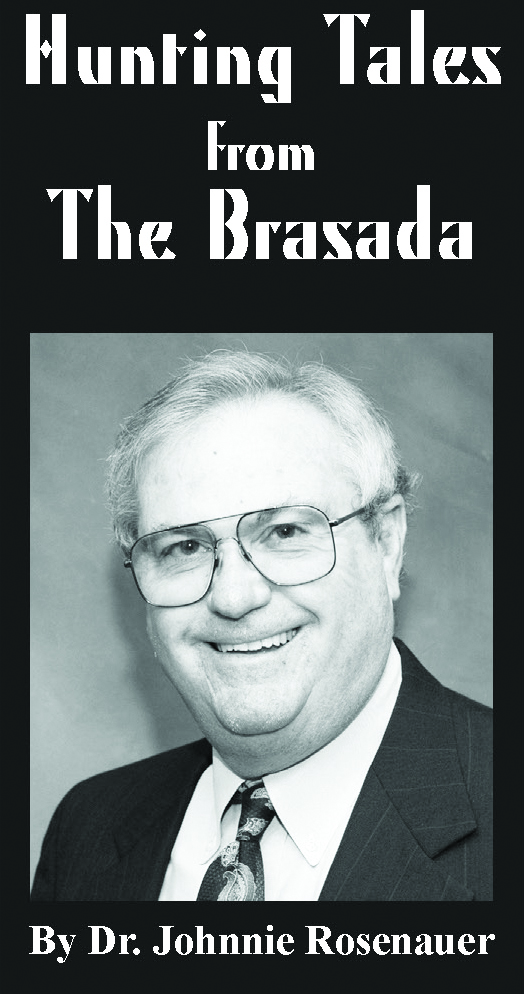Summertime Coffee Refreshment
The cold brew coffee craze is here. According to the National Coffee Association, U.S. consumption of cold brew coffee increased a staggering 300% over the last seven years. Cold brew coffee splashed onto the American scene about the year 2015. Introduced by Starbucks, cold brew soon caught on with other stores like Whole Foods and Dunkin’ Donuts. Cold brew can now be found, brewed and bottled, in almost every grocery store and gas station in the country.
For the uninitiated, cold brew is not simply iced coffee. Iced coffee is regular hot brewed coffee that is cold. Cold brew coffee is brewed cold, more like a coffee tea. The cold brewing process brings out various flavor notes, different than regularly brewed coffee. Cold brew coffee is typically less acidic than hot coffee or iced coffee, and because of the extended extraction time, has a higher caffeine content.
Cold brew has existed since the 1600s in Japan, where it is known as Kyoto Coffee. It is believed that Dutch traders may have originally developed the process of cold brewing coffee at sea and carried it with them to Japan.
French soldiers in the mid-19th century returning from Algeria brought a form of cold brew back home with them. This concoction soon found its way into French cafes. There is evidence that Civil War soldiers in this country enjoyed a similar version of cold-water coffee, affectionately known as camp coffee. In the early 20th century, cold brew coffee was even a thing in Cuba, where a special cold water brewing process was used.
My wife is a big fan of cold brew coffee. What follows is our redneck recipe and method with instructions. No special equipment is needed. All that is required is some good coffee, a Mason jar, a refrigerator, some clean kitchen towels, and a bit of patience.




